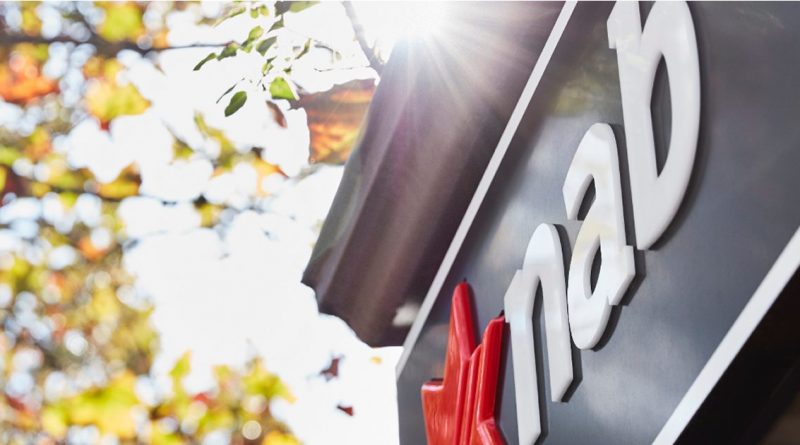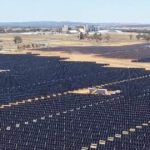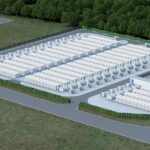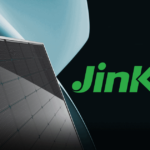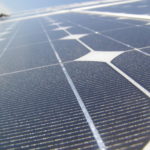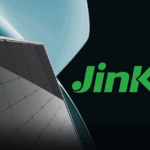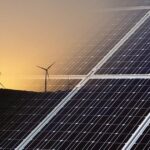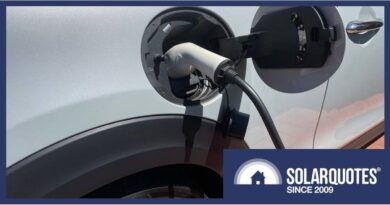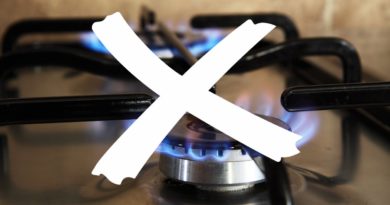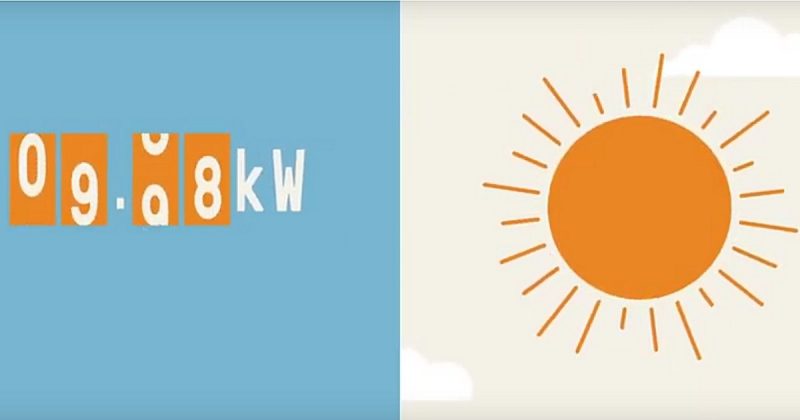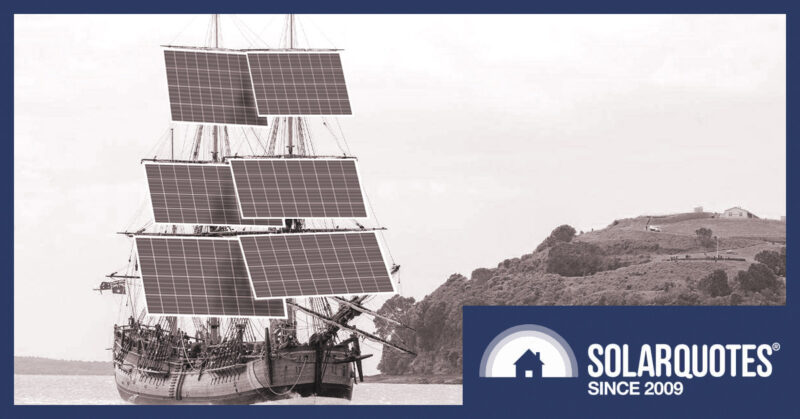NAB Takes Another Step Towards 100% Renewable Electricity
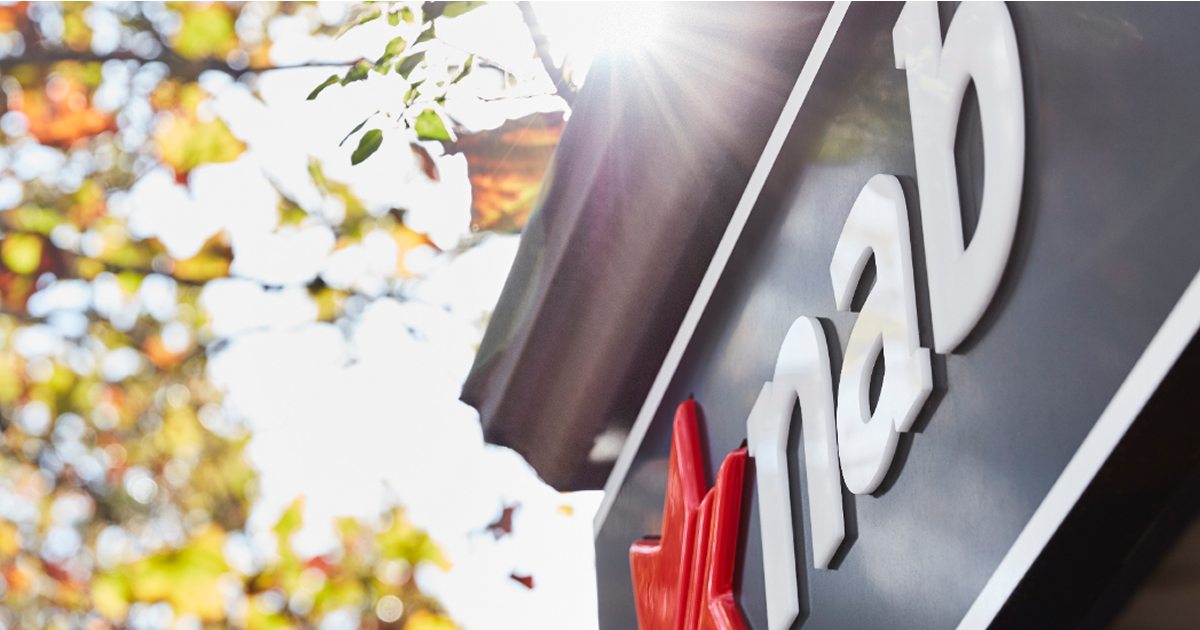
National Australia Bank has signed a three-year deal with Engie involving the purchase of renewable energy certificates to offset power used in all NAB’s Australian branches.
In November last year, NAB boosted its renewable energy goals from 50% to 100% by 2025 and became a member of RE100, an initiative bringing together major corporations committed to using 100% renewable electricity.
In an announcement yesterday, NAB said will buy large-scale generation certificates (“LGCs”) generated from wind and solar farms in Engie’s renewable portfolio. NAB will purchase enough certificates by the end of next year to meet the electricity needs of its network of over 600 branches. Looking further ahead, approximately 80% of NAB’s Australian buildings’ electricity consumption will be offset with renewable energy by 2023 – equivalent to all branches, business banking centres, offices and half of NAB’s data centres’ consumption.
“We already have around 70 branches where solar panels produce up to half of each sites’ electricity requirements,” said NAB Personal Banking Group Executive Rachel Slade. “This builds on our Victorian branches already being supplied by wind power.”
NAB And Renewables Lending
In addition to its renewable electricity commitment for NAB operations, National Australia Bank claims it is also the leading financier to the Australian renewable energy market, with renewables making up 72% of its power generation lending exposures.
According to NAB’s 2020 Sustainability Report, it financed an additional 4,303 MW of installed renewable energy generation capacity this year. This included finance for wind and solar assets in Australia, US and the UK.
As for coal power:
“Our exposure to an existing Australian coal-fired power generation was paid out, reducing our exposure to coal-fired power in the PF portfolio to zero (down from 0.2% in 2019).”
However, not everyone has been happy with the bank’s progress.
MarketForces said last month NAB’s exposure to gas-fired power generation increased by 4% in the year to September 2020, from $0.94 billion to $0.98 billion. This saw NAB again the most exposed major Australia bank MarketForces said, well ahead of Westpac’s $0.67 billion, Commonwealth Bank’s $0.6 billion, and ANZ’s $0.14 billion.
MarketForces also noted NAB recently loaned US$50 million to Santos, a company whose projects including its controversial Narrabri Gas Project that was recently given the final regulatory green light it needed to proceed.
“Mealy Mouthed” On Thermal Coal Exit
In its full year results presentation released last month, NAB stated it expects to exit thermal coal mining by 2030, five years earlier than the official commitment made last year. This is also mentioned on NAB’s climate change page.
While good news, this also drew MarketForces’ ire.
“NAB’s exposure to coal has fallen year-on-year and it’s clearly confident it can exit thermal coal in line with the Paris Agreement, so why not just admit the 2035 date was a mistake and now commit to doing so?,” said MarketForces Research Coordinator, Jack Bertolus. “Not only does NAB need to quit thermal coal by 2030, it needs to quit being mealy-mouthed about its commitments.”
Mr. Bertolus said in making the commitment, it would effectively mean no Australian bank or insurer would be willing to finance thermal coal beyond 2030.
Original Source: https://www.solarquotes.com.au/blog/nab-renewable-electricity-mb1799/

